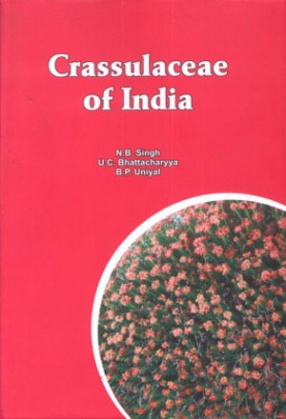
Showing all 8 books


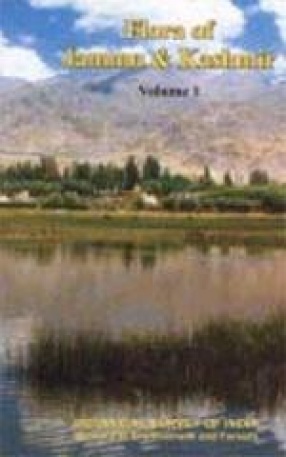
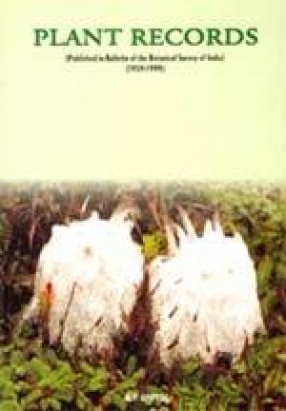
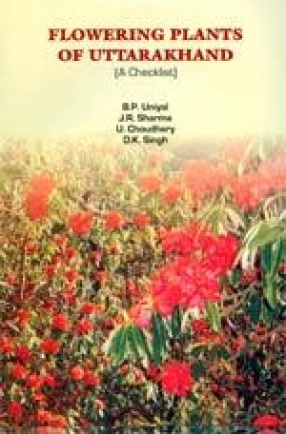

The Crassulaceae of India is based on detailed herbarium studies and extensive field trips, especially in the difficult terrains of the Himalaya by the senior author, where most of the Indian Crassulaceae members are located. The present work contains detailed description of 60 taxa and illustrations of almost all the species. 21 maps showing distribution of taxa in India have also been provided. It is pertinent to note that the family Crassulaceae in India has ...

The earlier studies on the vegetation of Tehri, broadly encompassing the entire district as a whole, made by Dr. U.C. Bhattacharyya and Dr. A.K. Goel in 1982, included twelve rare and threatened species from the area. This prompted the ministry of environment & forests to have a fresh look, especially on the rare and endangered plants, and the responsibility was once again assigned to the northern circle, Botanical Survey of India, Dehra Dun. The present work by ...


The angiosperms have been classified into dicotyledons and monocotyledons based on the number of cotyledons, leaf venation, arrangement of vascular bundles etc. The monocotyledons have one cotyledon, leaves usually with parallel venation, vascular bundles scattered and the floral parts usually in threes. In India monocotyledons are represented by 674 genera and 4081 species under 42 families (Karthikeyan et al. 1989). In Uttar Pradesh the number of genera and ...

Biodiversity is one of the most defining features of the nature, vital for the ecological security of a region and livelihood security of millions of those who critically depend upon it for their daily sustenance. Floristic component of the biodiversity is the major provider of ecosystem services and is basic to meet livelihood needs of not only the human beings but all other animals at large. The judicious management of floristic resources is, therefore, ...

Conservation of Plant wealth is the most talked about subject today. For this we need to know about the localities of plant species especially the medicinally and economically important plant species. Botanical Survey of India is actively engaged in such kind of studies. Scientists are visiting remote localities, collecting plants, gathering information and bringing these to the knowledge of all interested through publications. Besides many taxonomically ...
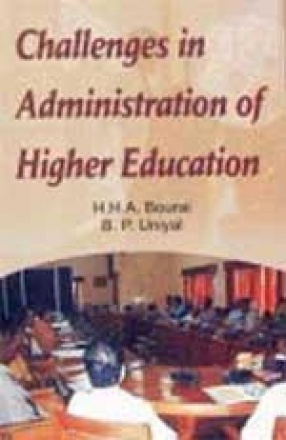
The book deals in-depth the administration of higher education. It extends the varied historical developmental and growth aspects and as well as the prevailing trends in the area. The administration and management never been considered seriously as tool for effective growth of the educational institutions as that of now. It has been only for the last couple of years that it attracted the attention of the policy makers and educationists considering the healthy ...

Uttarakhand was carved out of Uttar Pradesh on 9 November 2000 as a separate state. The state is predominantly mountainous with exception in the south where plain areas occur. The state encompasses two phytogeographical regions, the Siwaliks and the Western Himalayas, a storehouse of plant wealth. The altitudinal variation and varied topography make the state floristically a rich area. The state has no published flora of its own, therefore it was decided to ...
